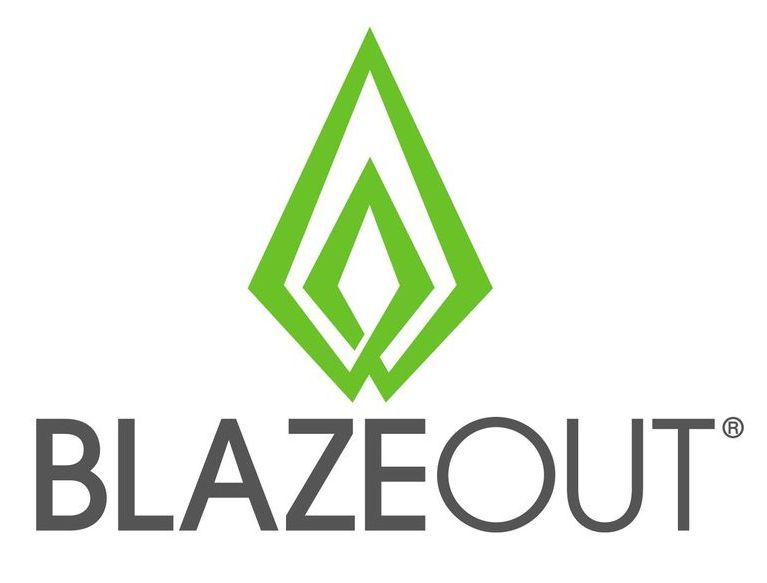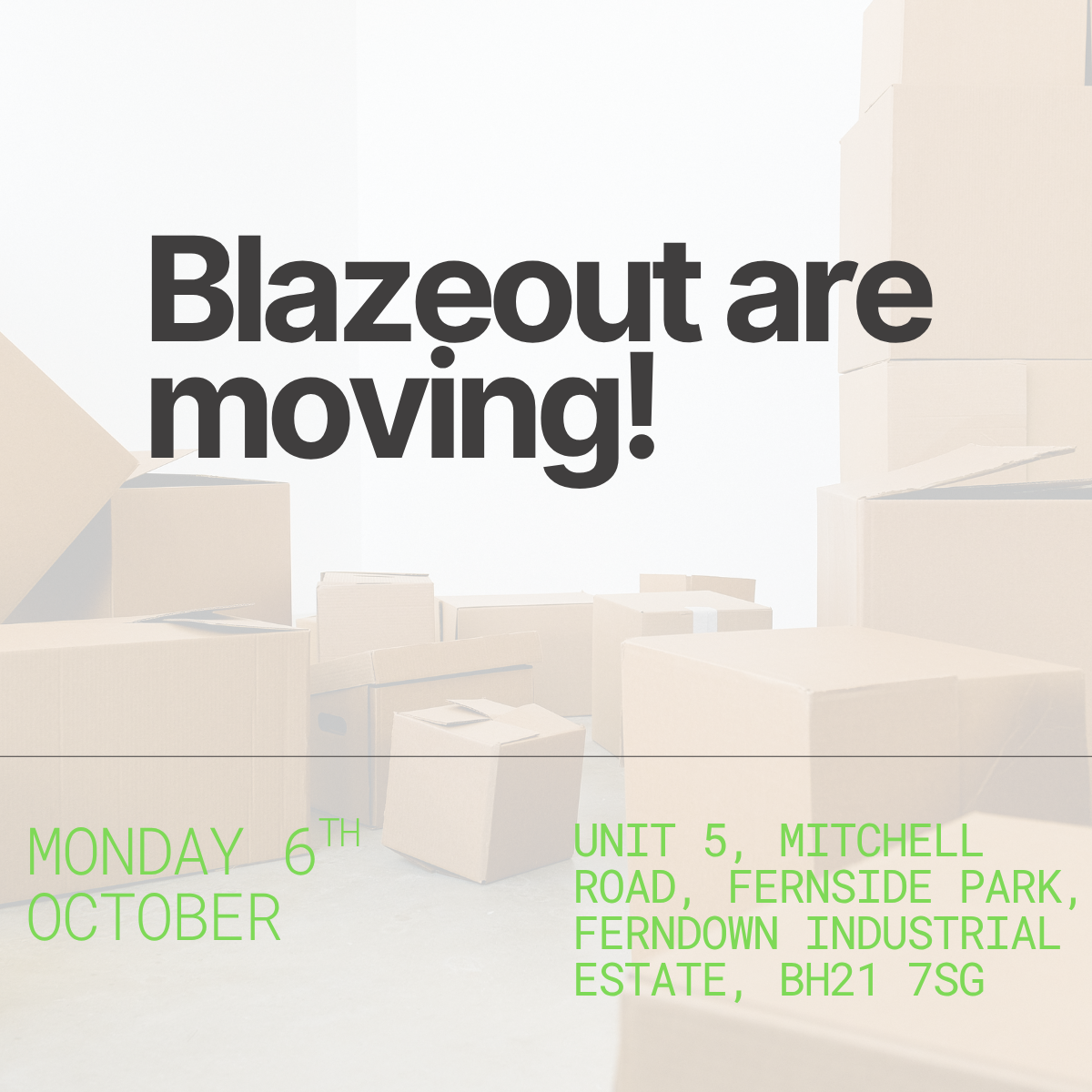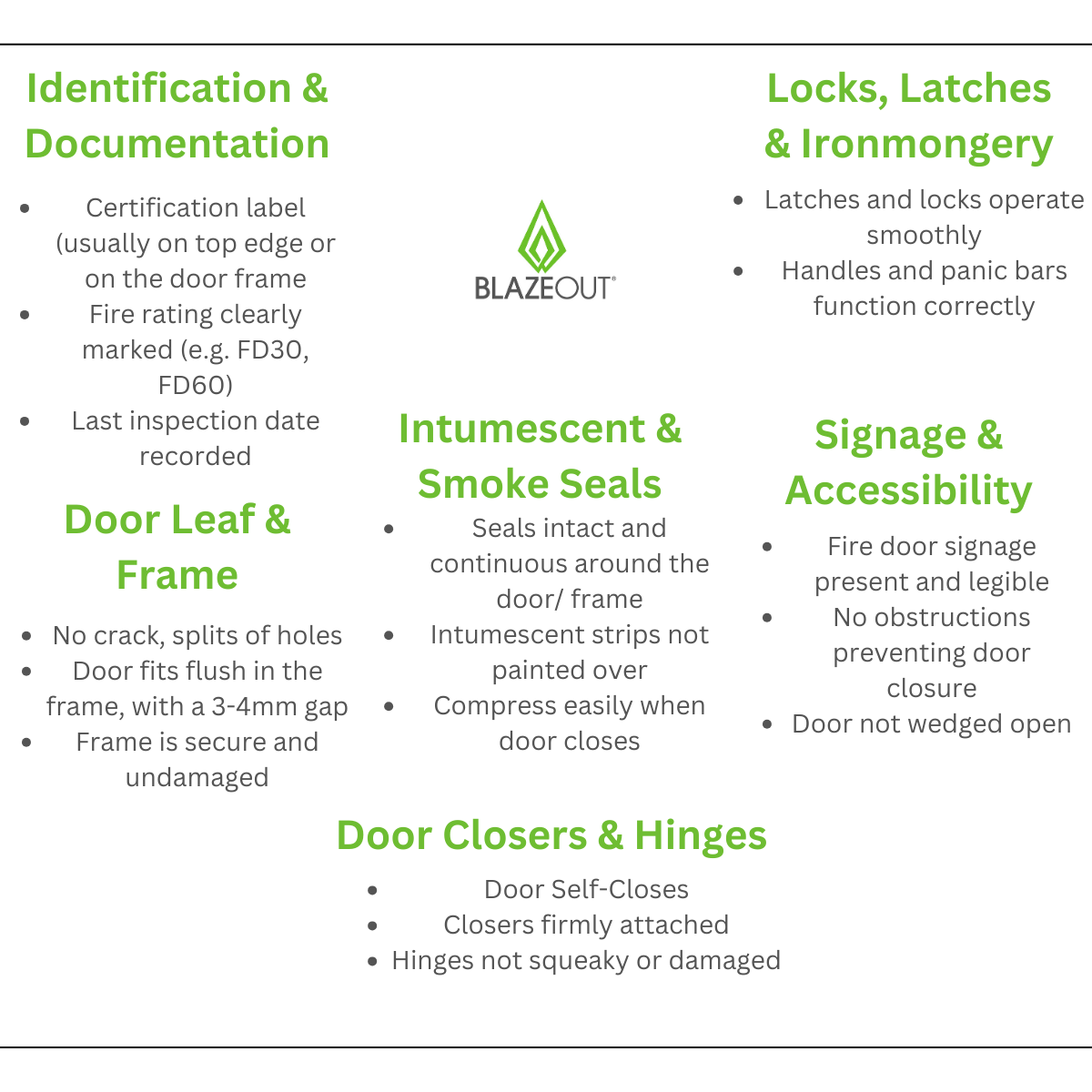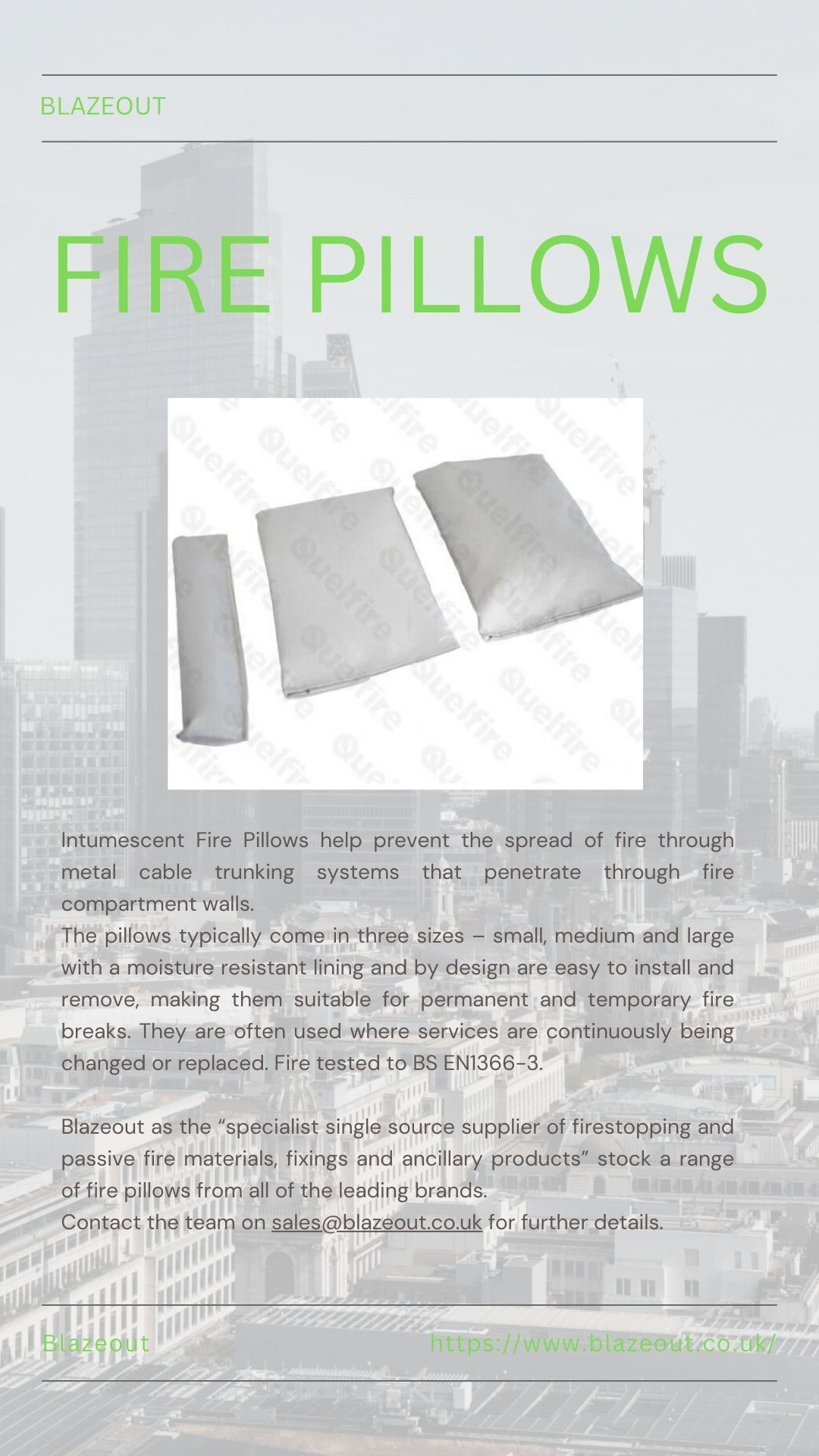Turkish Hotel 2025
A tragic fire at a ski resort hotel in Turkey has claimed the lives of up to 79 people and left 51 others injured. The blaze erupted in the early hours of January 21, 2025, at the 12- storey Grand Kartal hotel, located in Turkey's Bolu mountains. At the time, more than 230 guests were staying at the hotel.
Officials believe the fire started in the restaurant area on the fourth floor before quickly spreading to the upper floors. The fire was first reported at 3:27 a.m. local time, although several survivors and witnesses noted that they had smelled smoke and seen flames around 2:30 a.m.
One survivor, Atakan Yelkovan, who was on the third floor, recounted, "My wife smelled the fire… We went down earlier than others. The alarm did not go off… It took about an hour to an hour-and-a-half for the fire brigade to arrive. By that time, the fourth and fifth floors were burning. People on the upper floors were screaming."
Footage shared on various media outlets showed guests using hotel linens to escape through windows. The freezing conditions were reported to have delayed emergency responders, with over 260 personnel eventually reaching the scene. It took 12 hours to fully extinguish the fire.
Health Minister Kemal Memisoglu stated that one of the 51 injured guests was in intensive care, while 17 had been discharged.
Turkey’s Interior Minister, Ali Yerlikaya, expressed deep sorrow, adding, "We are in deep pain. But you should know that whoever is responsible for causing this pain will not escape justice."
As the investigation continues, around 11 people, including the hotel manager and a deputy mayor from the Bolu province, have been detained.
Fire Safety Concerns
The hotel was last inspected in 2024, with no concerns raised regarding its fire safety. However, the Union of Chambers of Turkish Engineers and Architects (TMMOB) has pointed out that the hotel lacked an automatic fire extinguisher system, which was mandated by regulations. Photos from the hotel’s website suggest that this system, which should have been installed in 2008, was not in place. Survivors also reported that the fire detection and warning systems failed, and escape routes were not easily accessible during the emergency.
Emergency Response and Investigations
Firefighters took more than 12 hours to fully extinguish the flames, while more than 267 emergency workers were sent to the site.
The cause of the fire remains under investigation, but initial reports suggest it began in the restaurant area of the hotel’s fourth floor before spreading rapidly through the upper floors. Bolu Governor Abdulaziz Aydin noted that the remote location of the hotel, coupled with freezing weather, delayed the arrival of fire engines, which took over an hour to reach the scene.
The Turkish Ministry of Justice confirmed that nine people, including the hotel’s owner, have been arrested in connection with the incident. Investigations are underway to determine if the hotel adhered to fire safety regulations.
In light of this tragedy, it underscores the critical importance of fire compartmentation in safeguarding lives.
Fire Safety Tips and Checklist for Hotels
Fire compartmentation is critically important in hotels for several reasons:
Life Safety: In the event of a fire, fire compartmentation helps limit the spread of flames, heat, and smoke. This gives hotel occupants more time to evacuate safely and minimises the risk of injury or death.
Protection of Property: By preventing or slowing the spread of fire, compartmentation can protect hotel property, including the structure, furnishings, and equipment. This can significantly reduce the overall financial loss in case of a fire.
Compliance with Fire Safety Regulations: Building codes and fire safety regulations often require fire compartmentation to meet certain safety standards. Hotels are subject to these regulations to ensure the safety of both guests and staff.
Minimising Disruption: Effective fire compartmentation can limit the area affected by a fire, meaning that parts of the hotel may remain operational, reducing the overall disruption to guests and the business.
Firefighter Safety: Compartmentation also helps create safe zones for firefighters to operate within. By containing the fire to a specific area, firefighters can more effectively and safely extinguish the blaze without the risk of it spreading too quickly.
In essence, fire compartmentation in hotels helps protect lives, property, and the continuity of the business, making it a vital aspect of fire safety planning.
How could this incident happen in the UK?
While the incident occurred in Turkey, the risks are just as real here in the UK. With increased regulation and scrutiny in the wake of Grenfell, many properties still fall short of compliance. Many landlords and property managers believe that fire protection is an “add on” but the reality is that passive fire protection is an essential part of every building design.
How can you ensure that your building doesn’t become the next tragedy?
Here are the steps you can take:
1. Conduct a Fire Safety Audit
It’s essential to regularly audit your buildings’ fire safety features, including compartmentation and fire doors. A thorough audit will identify any vulnerabilities and allow you to take corrective action before it’s too late.
2. Invest in Regular Maintenance
Fire dampers, alarms, sprinklers and emergency exits need to be maintained and tested on a set schedule. Meritas can provide this vital check to ensure systems are always ready in an emergency.
3. Train Staff on Fire Safety Procedures
Ensure that all staff are trained in fire safety protocols and that fire evacuation plans are up to date and visible throughout the building.





